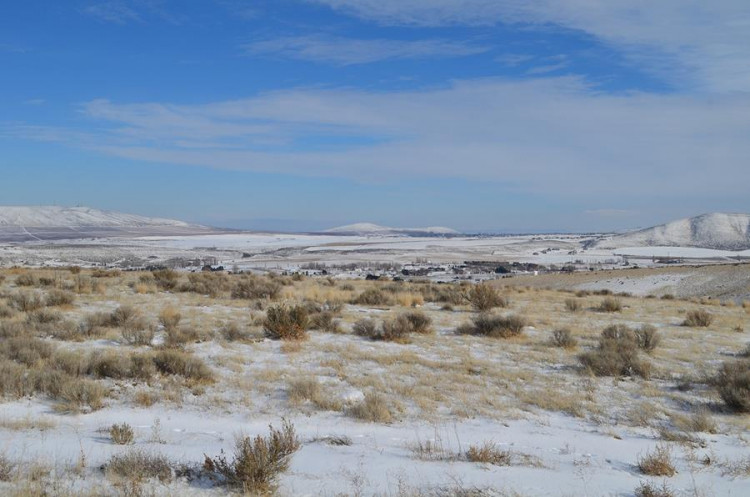After temperatures fell below zero, ice formed on the huge dunes of the Sahara Desert.
Snow blanketed the sand, an uncommon occurrence in the world's largest desert, which has been known to reach temperatures of 136.4F (58C).
Photographs, taken earlier this month, show snow and ice near the Algerian village of Ain Sefra. Snow has fallen in the area only a few times in the last four decades.
Temperatures in the town, which is bordered by the Atlas mountains, have plummeted below -2 for the last three nights, but this is only a few degrees cooler than typical for this time of year, according to Nicky Berry of BBC Weather.
Although snow and ice are uncommon in desert locations, they are not entirely unknown.
Ain Sefra is located 1,000 meters above sea level in the Atlas Mountains and is dubbed "the gateway to the desert."
Temperatures in deserts can plummet considerably overnight, but any precipitation is typically evaporated the next day.
In instances such as those experienced this month in Algeria, cold air from high pressure systems has flowed across land to the deserts, lowering temperatures.
Anticyclones of this type typically make their way to Saudi Arabia by travelling clockwise out from Central Asia, collecting up moisture along the way that cools to become snow.
Snow fell in the Sahara and Saudi Arabia in January 2022 and 2021, but this is not the first time these normally scorching hot regions have been clothed in white.
Ain Sefra received snow for the third time in 40 years in 2018.
The community has recorded the occurrence in 2021, 2018, and 2017, with the last snowfall taking place in 1979.
Ain Sefra, founded in 1881 as a French garrison town, experiences typical summer temperatures of roughly 37C and record-breaking winter temperatures of -10.2C.
Snowfall in the Sahara is "rare but not unprecedented," a representative for the UK Met Office previously told The Independent.
While determining the involvement of the climate issue in a single weather occurrence is challenging, the area of attribution science has made significant strides in recent years.
The United Nations Intergovernmental Panel on Climate Change (IPCC), the world's foremost authority on temperature science, noted in 2018 that identifying climate extremes in the Sahara region has also been complicated by a paucity of data and scientific studies.
The combination of hotter, drier temperatures and altering weather patterns associated with Africa's climate crisis implies that the Sahara Desert is expanding in size as a result of rising desertification.






